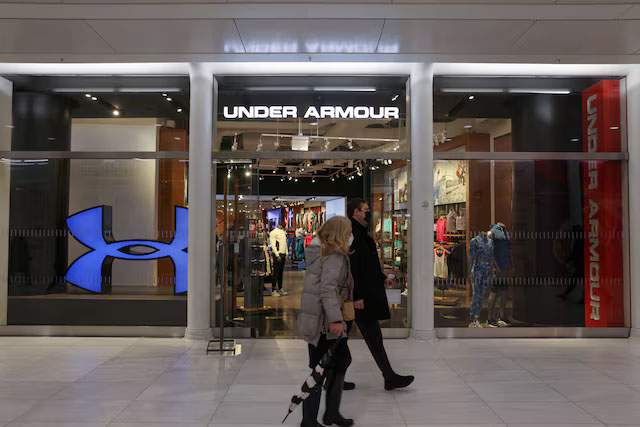Under Armour shares tumbled nearly 20% on Friday after the sportswear company warned that its sales decline would worsen this quarter and flagged an additional $100 million in tariff-related costs for the year. The Maryland-based brand has faced persistent challenges in boosting demand over the past two years, and efforts to turn the business around have been hampered by shifting U.S. trade policies under the Trump administration. Founder Kevin Plank, who returned as CEO in March last year, is leading a restructuring plan that has yet to show signs of reversing revenue and profitability declines.
The company is grappling with new tariff risks that could significantly impact its supply chain. As of May, Under Armour sourced roughly 30% of its merchandise from Vietnam and 15% from Indonesia—countries now facing potential 20% and 19% U.S. tariffs, respectively. CFO Dave Bergman cautioned that these new costs, along with related demand impacts, could cause adjusted operating income to drop to about half of fiscal 2025 levels. The company expects current-quarter revenue to fall between 6% and 7%, far worse than analysts’ forecast of a 2.9% decline.
CEO Plank signaled the possibility of raising prices for certain customer segments where the company believes it has “pricing power.” However, Under Armour also expects quarterly gross margin to shrink by 340 to 360 basis points due to tariff-related supply chain disruptions. While favorable foreign exchange rates and selective price adjustments may partially offset these losses, the overall impact on profitability remains severe.
For the quarter ended June 30, revenue fell 4% to $1.13 billion, matching market expectations. Adjusted earnings came in at 2 cents per share, missing analysts’ estimate of 3 cents. Analysts like Emarketer’s Sky Canaves voiced concern that, more than a year into its restructuring, Under Armour has yet to show a clear path to reversing its ongoing decline, leaving investors wary of further turbulence ahead.



